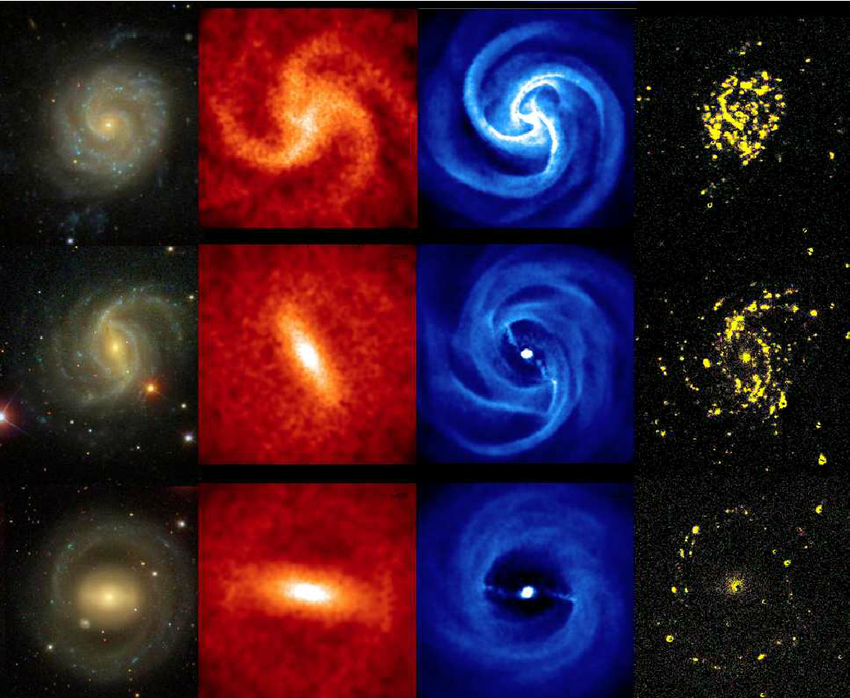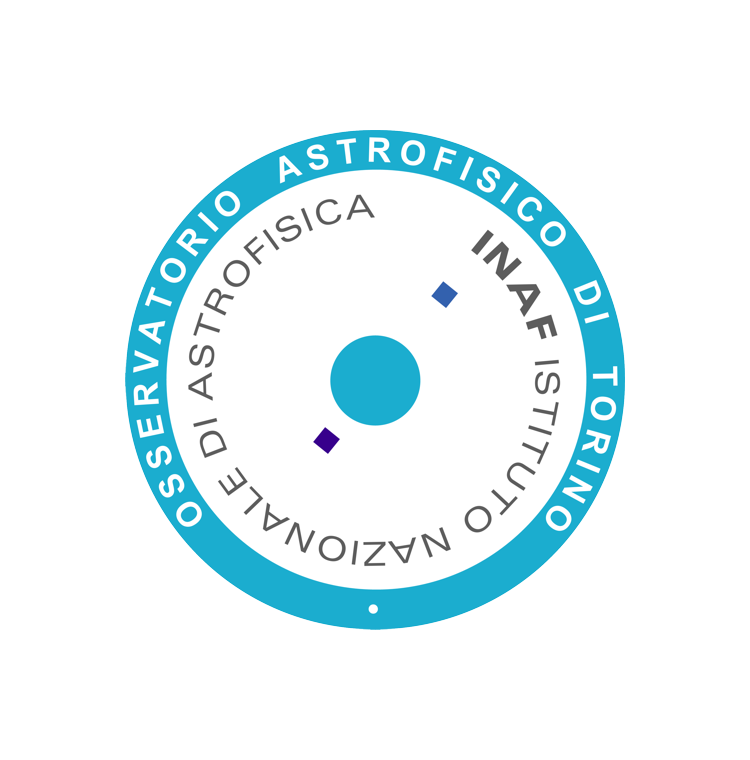When do stellar disks form stellar bars?
Elena D’Onghia
University of Wisconsin
Madison, WI – USA
Sala Seminari Villa Magliola
INAF-OATo
SEGUI IL SEMINARIO IN STREAMING
Abstract
James Webb Space Telescope (JWST) has unveiled galaxies two billion years after the Big Bang, showing a bar, an elongated stellar structure at the galaxy center.
How these structures could develop so quickly in the early disk galaxies, remains a mystery.
Using high-resolution N-body simulations, I have investigated the stability of stellar disks to the formation of bars.
To date, no convincing global criterion regulates the formation of bars in disk galaxies.
Here I revisit the problem and depart from traditional approaches.
I assume the disk exists in the potential of an external force field and its self-gravity.
The simulations show that two global dimension: less disk parameters appear to control the instability and the bar formation.
One is related to the order and disordered stellar motions, and the other is the ratio of the disk self-gravitation to the total potential.
The two parameters define a plane of disk stability to the bar formation.
Unlike the Toomre Q parameter, which regulates the stability of the disk locally, they are global in that they describe the global survivability of the structure.
The two parameters are crucial in stabilizing a broad class of disks to bar formation at all scales. The criterion should apply to small to large scales, from nuclear stellar disks around black holes to the galaxy disks in the early universe, and provide a theoretical framework to interpret the observations made by JWST.


